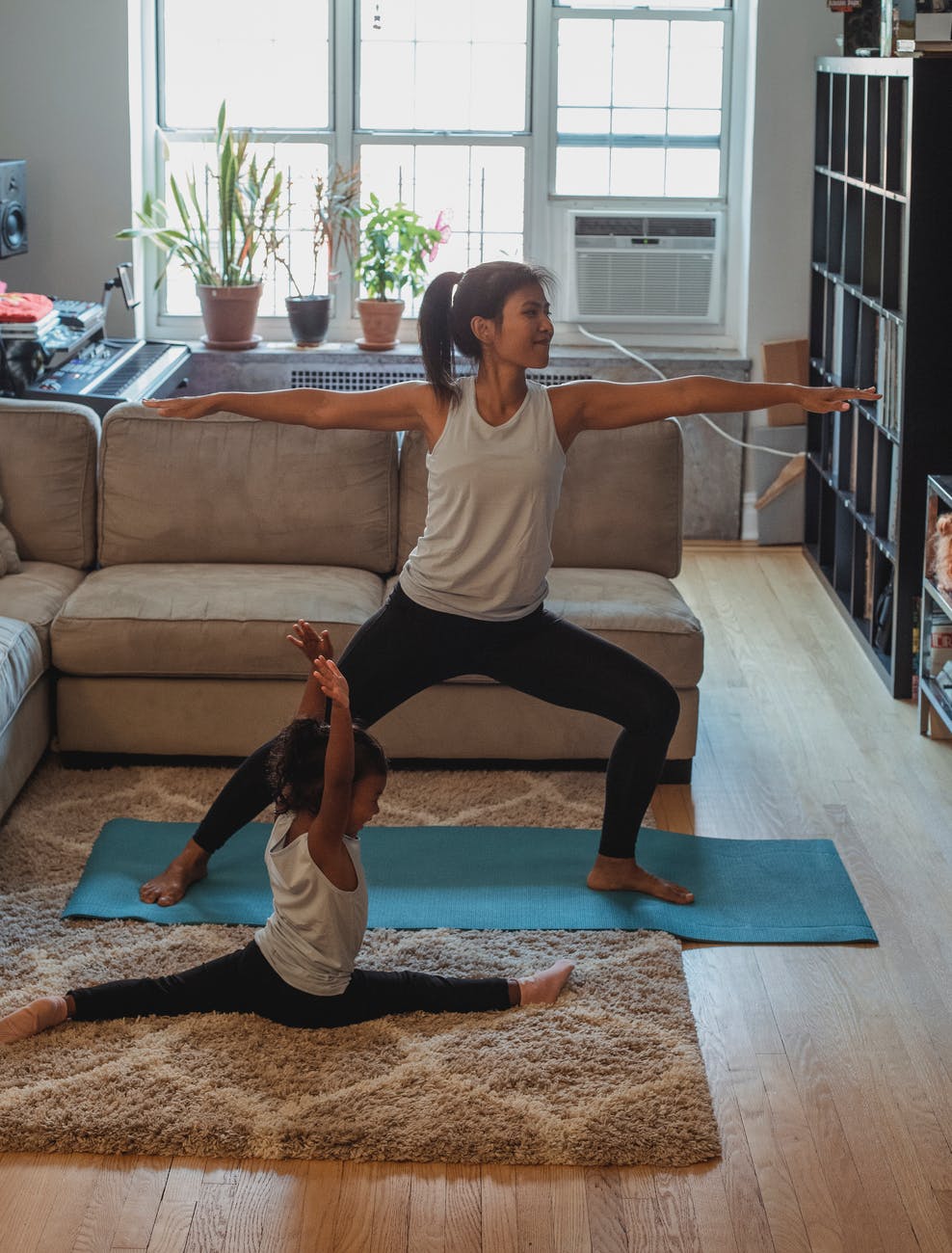
Yoga practice has become very popular in the last two centuries. In most western countries, yoga studios are booming. For example, Dutch practitioners are said to spent 325 million euros per year on yoga classes, clothes and events.
In scientific research, yoga and it’s beneficial effects on physical and mental health, have also become a serious topic of interest. In a previous post, Hannah Kurts had already outlined the positive effects of yoga for several psychiatric disorders.
Recently, the effects of yoga on cognitive performance and behavioral problems in 5-year old children have been examined. A group of Tunisian researchers offered 5-year old children in kindergarten a 12-week yoga program, regular physical education or no kind of physical activities. They found that this kind of kindergarten-based yoga practice, had significant positive effects on visual attention, visuo-motor precision and symptoms of hyperactivity and impulsivity, in comparison to regular physical activities or no physical activities [1].
One might wonder: Quiet and peaceful yoga exercises with a bunch of energetic 5-year olds? How would that even work? The yoga they offered in this project was a 30-min routine, instead of a more regular 90-min session: 5 minutes of warming up, doing jogging, jumping, stretching. Next, 15 minutes of the well-known yoga postures, standing, sitting, flexing. Next, 5 minutes of breathing techniques and lastly, 5 minutes of yogic games, to train memory, awareness and creativity. And they practiced only twice a week.
It seems very promising that such a curtailed version of yoga practice, can have positive effects on attention, executive functions and behavioral control, which are all skills that are vital to good academic performance [2][3].
In some European and north-American countries, the idea of school-based yoga practice isn’t so revolutionary anymore. France, Italy, Brazil and Canada have recognized yoga practice in its school curriculum. Italy seems to be the school-yoga champion: Classroom-based yoga is performed in all Italian schools since 2000 [4].
(1) Jarraya S, Wagner M, Jarraya M and Engel FA (2019) 12 Weeks of Kindergarten-Based Yoga Practice Increases Visual Attention, Visual-Motor Precision and Decreases Behavior of Inattention and Hyperactivity in 5-Year-Old Children. Front. Psychol. 10:796. doi: 10.3389/fpsyg.2019.00796
(2) Chaya, M. S., Nagendra, H., Selvam, S., Kurpad, A., and Srinivasan, K. (2012). Effect of yoga on cognitive abilities in schoolchildren from a socioeconomically disadvantaged background: a randomized controlled study. J. Altern. Complement. Med. 18, 1161–1167. doi: 10.1089/acm. 2011.0579
(3) Verma, A., Uddhav, S., Ghanshyam Thakur, S., Devarao, D., Ranjit, K., and Bhogal, S. (2014). The effect of yoga practices on cognitive development in rural residential school children in India. Natl. J. Lab. Med. 3, 15–19.
(4) Flak, M. (2003). Recherche Sur Le Yoga Dans L’éducation. 3ème Millénaire: Spiritualité – Connaissance De Soi – Non-Dualité – Méditation, 125. Available at: http://www.rye-yoga.fr/ (accessed July 15, 2018).
